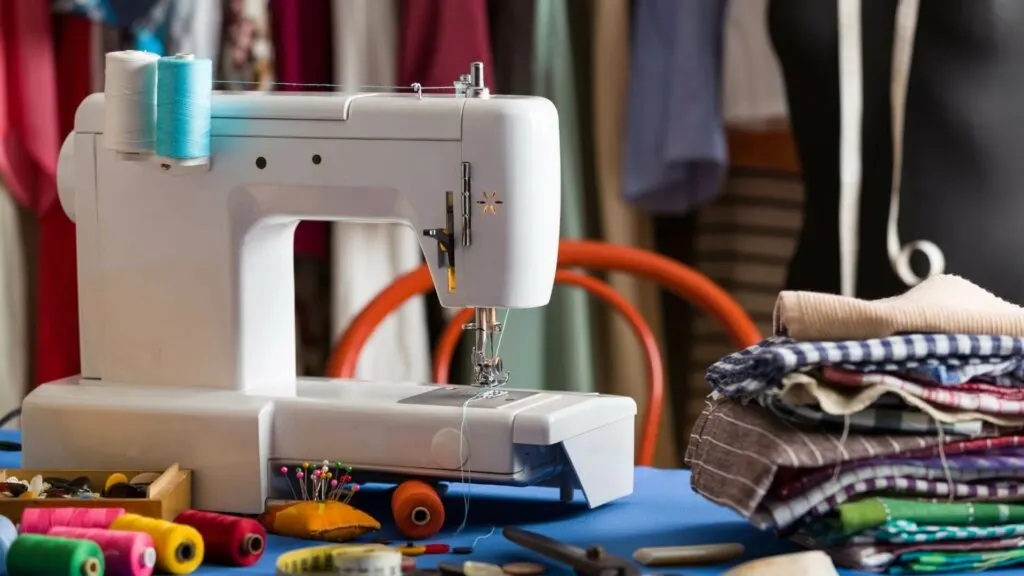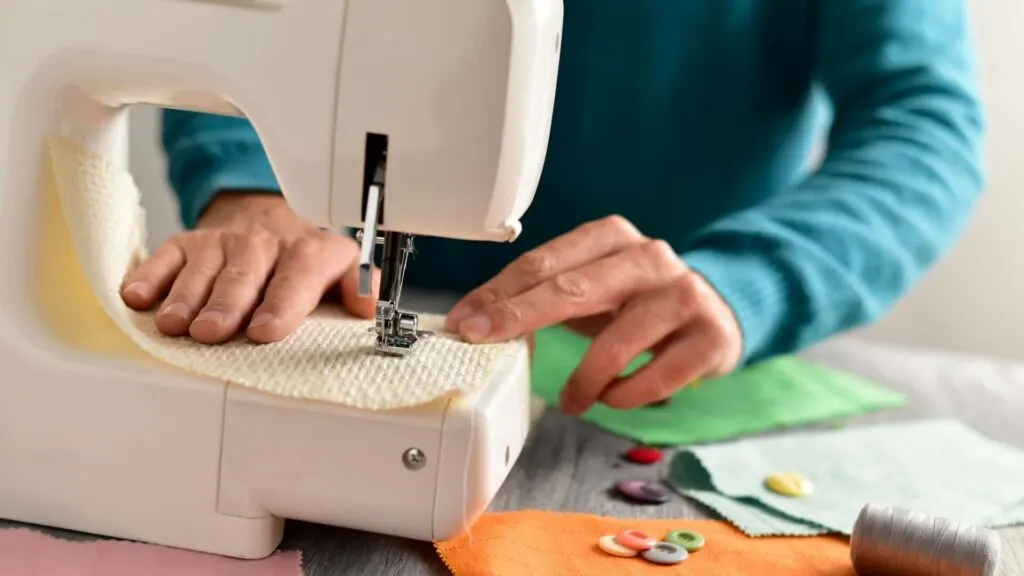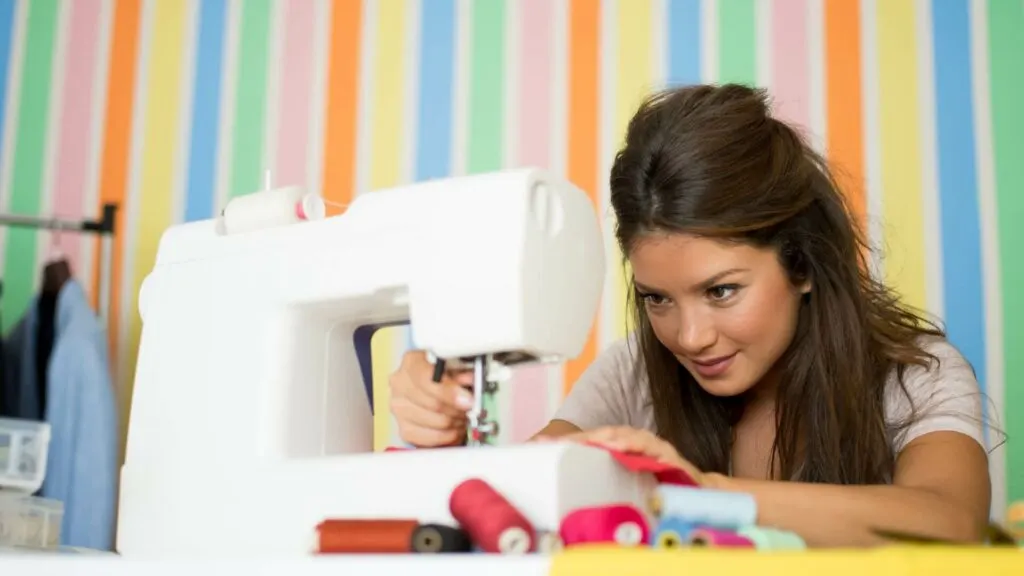Finding the perfect sewing machine can be difficult, especially for beginners. With countless options on the market, it’s essential to choose one that suits your specific needs and preferences. So, read on to discover the process of selecting the ideal sewing machine, ensuring that your sewing projects become more enjoyable and efficient.

Determine Your Sewing Goals
Consider what types of projects you want to undertake. Are you primarily interested in garment construction, quilting, or crafting? Or you might need specialized sewing machines for denim that are usually of higher quality, compared to counterparts that sew different types of materials. Different sewing machines are optimized for specific purposes. For garment sewing, a machine with straight and zigzag stitches may be sufficient.
Quilters may need a machine with a large throat space to accommodate bulkier quilts, while crafters might require decorative stitches and embroidery capabilities. Make sure your chosen machine aligns with your sewing goals.
Assess Your Skill Level
If you’re a beginner, you don’t need a high-end, complex machine with numerous features. A basic, user-friendly model will suffice. As you gain experience, you can always upgrade to a more advanced machine. On the other hand, experienced sewers may require advanced features and capabilities to accommodate their intricate projects.
- Beginner-friendly Features: If you’re just starting, look for features like automatic threading, a simple bobbin system, and easy-to-use stitch selection. These will make your learning curve smoother and more enjoyable.
- Stitch Variety: Beginners can work with a limited number of basic stitches, while experienced sewers may need a machine that offers a wide array of decorative and utility stitches to cater to their diverse projects.
- Built-in Tutorials: Some modern sewing machines come with built-in tutorials or guides, which can be immensely helpful for beginners. Advanced sewers might not require these features but should prioritize machines that provide advanced techniques and settings.

Set Your Budget
Sewing machines come in a wide price range, so it’s crucial to set a budget that suits your financial constraints. Keep in mind that while you may be tempted by feature-packed, expensive models, there are excellent machines available at every price point. Establishing a budget will help you narrow down your options and prevent overspending.
- Initial Investment: Decide how much you’re willing to spend upfront on the machine itself. Be realistic about your financial situation and remember that a higher price doesn’t always guarantee a better machine.
- Total Cost of Ownership: Think beyond the initial purchase. Consider ongoing costs, such as the price of accessories, maintenance, and replacement parts. Some machines may have lower upfront costs but can become more expensive in the long run due to proprietary accessories or frequent servicing needs.
- Used vs. New: Don’t overlook the option of buying a used sewing machine. High-quality, well-maintained used machines can be more budget-friendly and offer excellent value for money.
Research and Compare
Once you’ve assessed your skill level, determined your sewing goals, and set your budget, it’s time to research and compare different sewing machines. Online reviews, sewing forums, and manufacturer websites are excellent resources for gathering information and user experiences. Pay close attention to factors such as build quality, ease of use, reliability, and included accessories. Create a shortlist of machines that meet your criteria, and then visit local sewing shops to test them out in person.
Consider Long-Term Durability
When investing in a sewing machine, it’s essential to think about its long-term durability. While it’s tempting to go for the most budget-friendly option, sometimes spending a bit more initially can save you money in the long run.
Look for machines with a solid build, reputable brand reputation, and a warranty that provides peace of mind. A well-constructed machine is likely to withstand the test of time and continue serving your sewing needs for years to come.
Seek Versatility
Versatility is another critical factor to keep in mind. Even if you have a specific sewing goal in mind, it’s advantageous to choose a machine that offers versatility. Look for models that can handle a range of fabrics, have adjustable stitch lengths and widths, and can accommodate various sewing techniques. A versatile sewing machine will allow you to explore new projects and techniques, providing room for growth in your sewing skills.

Selecting the perfect sewing machine for your needs is a crucial decision that can greatly impact your sewing journey. By assessing your skill level, identifying your sewing goals, setting a budget, and conducting thorough research, you’ll be well-prepared to make an informed choice. Remember that the perfect sewing machine for one person may not be the same for another, so take your time to find the one that suits you best. With the right sewing machine, your projects will become more enjoyable, and your creativity will flourish.

Jessi is the creative mind behind The Coffee Mom, a popular blog that combines parenting advice, travel tips, and a love for all things Disney. As a trusted Disney influencer and passionate storyteller, Jessi’s authentic insights and relatable content resonate with readers worldwide.
